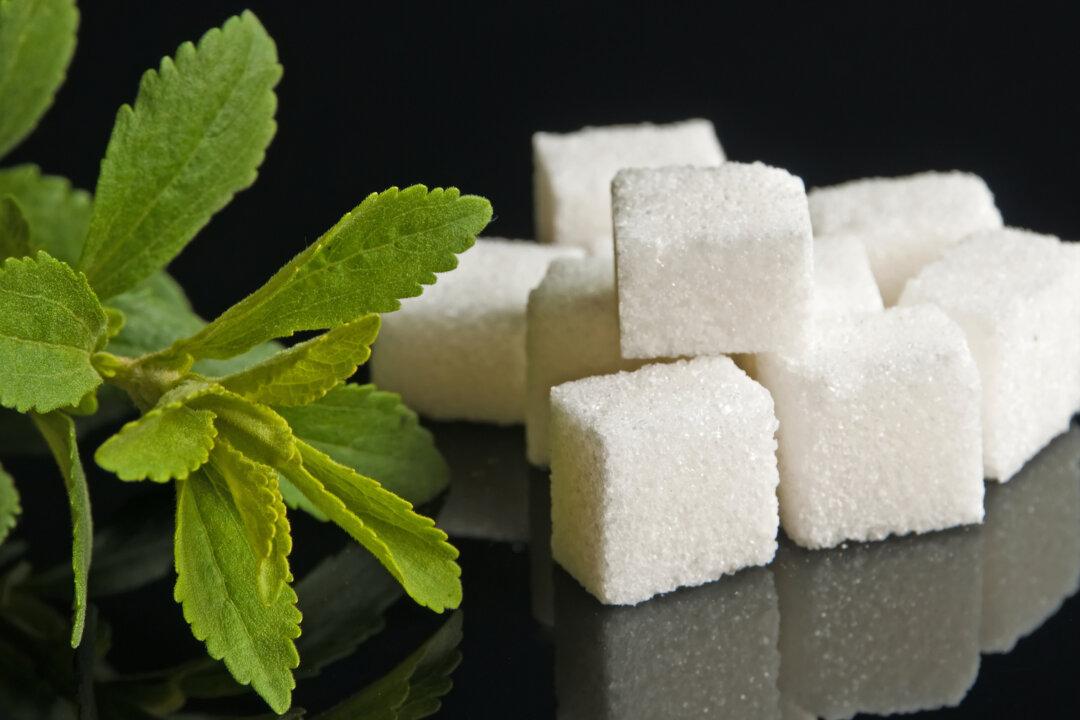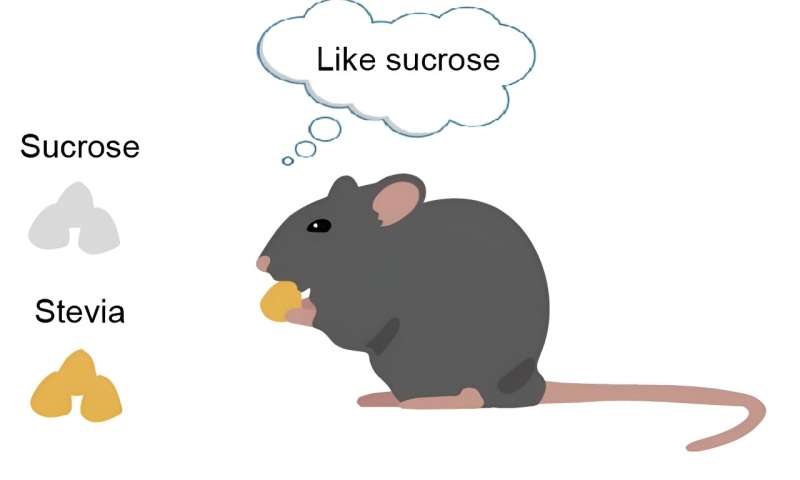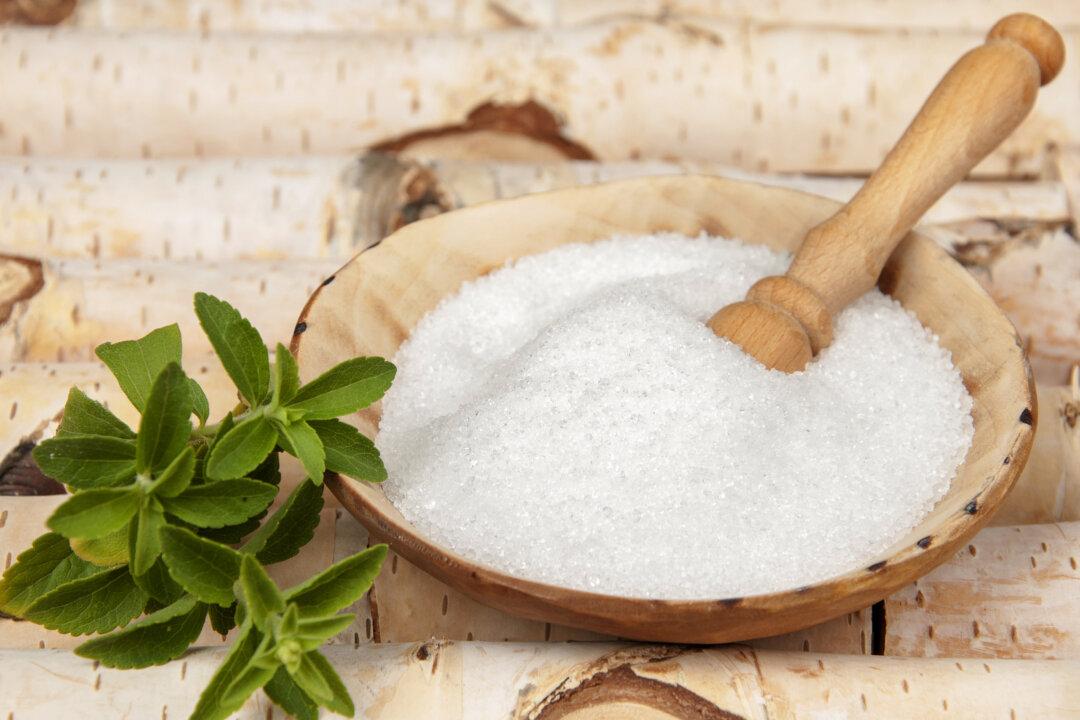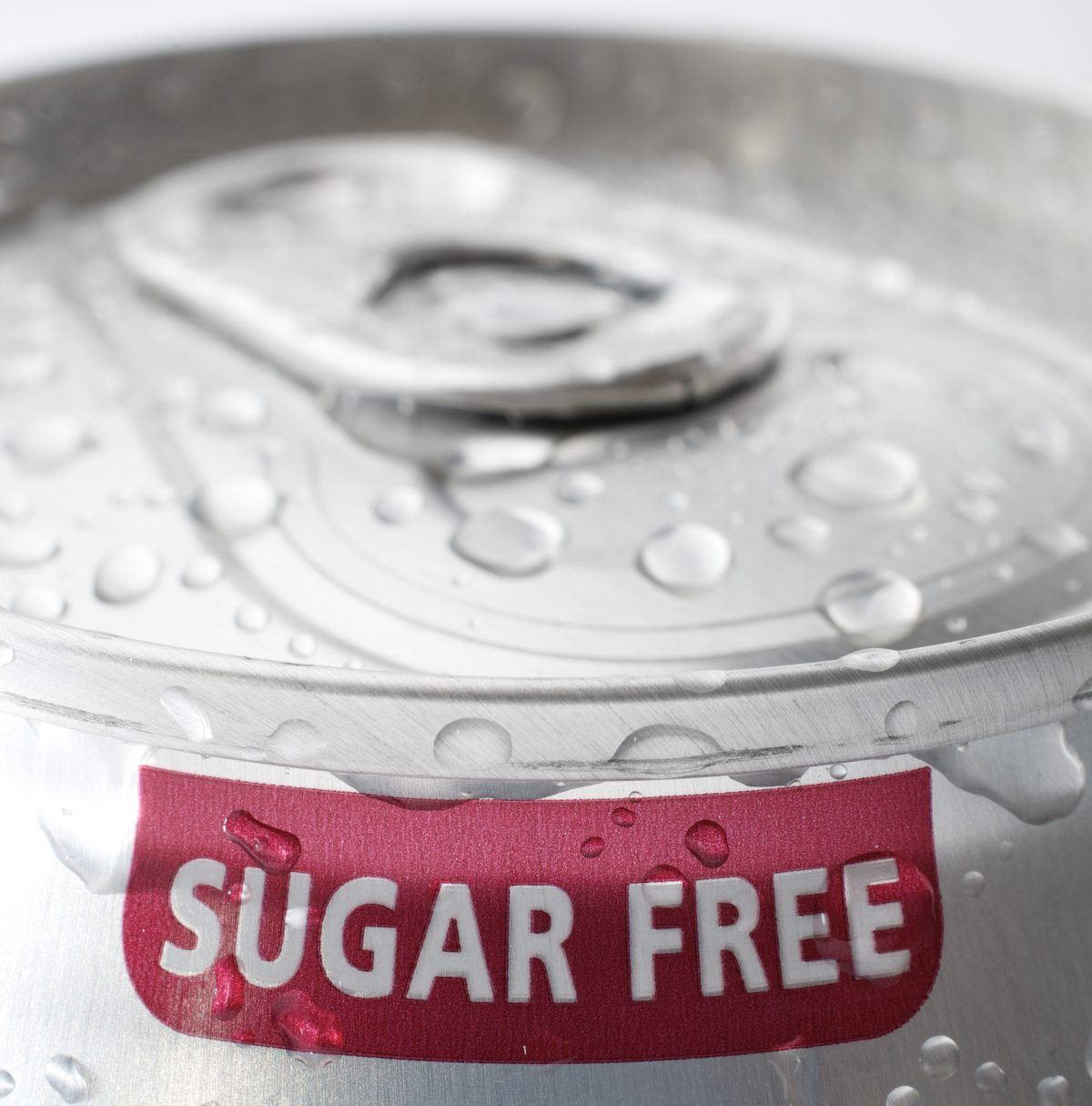Abstract
Restless legs syndrome is a common sensorimotor movement disorder affecting an estimated 15–20% of the general adult population in the United Sates. Several drugs and drug classes have been shown to either cause and/or exacerbate symptoms of restless legs syndrome. With the epidemic of obesity and the heightened awareness of the harmful effects of added sugars, the consumption of low and no-calorie sweeteners has substantially increased. We report a case where the patient developed restless legs syndrome symptoms with the use of a stevia extract–based no calorie sweetener. To our knowledge, this is the first case report of restless legs syndrome possibly associated with low or no-calorie sweetener use.
Citation:
Goswami U, Pusalavidyasagar S. Restless legs syndrome associated with use of stevia nonnutritive sweetener. J Clin Sleep Med. 2020;16(10):1819–1821.
INTRODUCTION
Restless legs syndrome (RLS) is a common1 sensorimotor disorder characterized by an unpleasant sensation in the legs during periods of rest or inactivity, with an urge to move them to obtain relief, resulting in difficulty initiating or maintaining sleep. Lower limbs, particularly the upper calves and legs, are most commonly affected, but the sensations can either spread to or be confined to other parts of body including buttocks, groin, back, abdomen, trunk, chest, neck, and face.2
RLS can be either primary (idiopathic) or secondary to iron deficiency associated with renal failure or pregnancy, rheumatoid arthritis, diabetes mellitus, and use of certain medications. Several drug classes including tricylic antidepressants, selective serotonin or norepinephrine reuptake inhibitors, antipsychotics, antihistamines, antiemetics, and antiepileptics have been shown to either cause and/or exacerbate RLS symptoms. With the epidemic of obesity and the heightened awareness of the adverse metabolic effects of added sugars, the consumption of nonnutritive (low-calorie or no-calorie) sweeteners has substantially increased.3 We report a case where the patient developed RLS symptoms with the use of a stevia extract.
REPORT OF CASE
A 54-year-old man with obstructive sleep apnea (apnea-hypopnea index, 40.9 events/hr; nadir SpO2, 86%), treated with autotitrating continuous positive airway pressure at 15–20 cmH2O pressure, was seen in the sleep clinic for follow-up of his obstructive sleep apnea. His other comorbidities included revascularized coronary artery disease; end-stage kidney disease secondary to diabetes mellitus type 2 and possible IgA nephropathy, treated with a living donor kidney transplant 15 years before; polyneuropathy; mild major depression; and generalized anxiety disorder.
He reported excellent control of obstructive sleep apnea symptoms, and continuous positive airway pressure adherence was confirmed with objective compliance measures showing 10 hours of average nightly use. During the visit, patient reported new concern for restlessness in both arms and neck, feeling of jitteriness in both legs before bedtime at night, improved only with movement of the affected body parts but returning with cessation of the movement and interfering with his ability to fall asleep. These symptoms were suggestive of a likely RLS diagnosis, estimated to be of moderate severity with a score of 20 on the International RLS Rating Scale. A thorough review of medications did not yield any potential causes. He had a history of anemia from chronic renal disease, with hemoglobin levels stable at 11.5–12 g/dL over the last 2 years. His iron function tests obtained approximately 1 year before the visit showed serum ferritin level of 22 μg/dL (reference range, 8–250 μg/dL), serum iron level of 66 μg/dL (reference range, 35–180 μg/dL), iron-binding capacity level of 344 μg/dL (reference range, 240–430 μg/dL), and iron saturation index of 19% (reference range, 15–46%). He had been maintained on an iron supplementation dose of ferrous sulfate 325 mg with vitamin C 500 mg twice daily without any changes for the last 1 year. A repeat measurement of the level of serum ferritin was 60 μg/dL. His diabetes mellitus was inadequately controlled, with a hemoglobin A1C value of 7.4%. He had a previous history of severe length-dependent sensorimotor polyneuropathy involving the bilateral sural nerve, right ulnar digit V, and right median and superficial radial sensory nerves. A traumatic accident several years before had resulted in a left leg injury that caused permanent left footdrop. The chronic symptoms of his polyneuropathy included numbness, tingling, and sharp pain in both feet and minimal numbness in both hands on awakening in the morning. The pattern of the current symptoms did not match with his neuropathic symptoms. On examination, he had normal muscle strength in the upper extremities and proximal lower extremities with left footdrop and atrophy of the left anterior compartment. Distal lower extremities sensation was reduced, particularly on the dorsum of the left foot, and ankle jerks were absent. The remainder of the detailed neurologic examination was unremarkable.
While reviewing for lifestyle changes, the patient reported switching to using a stevia sugar substitute for use with his morning coffee in the previous few weeks. The timing of onset of RLS symptoms correlated with the initiation of stevia use. He was instructed to discontinue the use of this supplement and monitor his symptoms. On 3-week follow-up, the patient reported complete resolution of symptoms with discontinuation of stevia. A brief trial of reintroduction of stevia a few months later resulted in recurrence of original RLS symptoms within 2 days. These again resolved with discontinuation of use.
DISCUSSION
The prevalence of diabetes mellitus and cardiovascular disease has increased with the global epidemic of obesity. The American Association of Clinical Endocrinologists recommends reduction in total caloric intake as one of the main components of any weight-loss intervention.4 Various studies have pointed to added sugars as a determinant of body weight.5 The consumption of nonnutritive sweeteners, both artificial (eg, aspartame, sucralose) and natural (eg, stevia), has substantially increased. The prevalence of low-calorie/no-calorie sweetener consumption, assessed using the National Health and Nutrition Examination Survey data from 2009 to 2012, showed 25% children and 41% adults consuming these agents, with higher consumption reported in those who were overweight or obese.3 Use of low-calorie sweeteners is associated with an approximate 10% reduction in daily energy intake and modest weight loss (0.80 kg).6
Stevia is a bio-sweetener, extracted from the leaves of the plant species Stevia rebaudiana Bertoni, native to Brazil and Paraguay. It produces a taste up to 400 times sweeter than sucrose with no nutritional value.7 Stevioside and rebaudioside A are the most common steviol glycosides and are used in beverages as a sugar substitute. Stevia has also been shown to have antioxidant, antihyperglycemic, antihypertensive, anti-inflammatory, hypolipidemic, antitumor, and immunomodulatory effects.7,8 The high-purity extracts of stevia glycoside have received generally recognized as safe designation in the United States since 2008 and are allowed as ingredients in food products.
This case demonstrates the possible association of stevia use to RLS symptoms. To the best of our knowledge, such an association has never been reported. Given that RLS is a diagnosis based primarily on clinical criteria, a thorough evaluation of differential diagnoses focused on patients’ comorbidities and their pharmaceutical treatment is essential. This patient had several potential causes of confusing symptoms, such as sensorimotor polyneuropathy that may resemble RLS. Demonstration of improvement in symptoms with movement of the affected body regions and pattern of symptoms different from the preexisting polyneuropathy suggested RLS as the likely diagnosis in this case. Also, known iron deficiency may independently result in emergence of RLS; however, because the patient showed significant improvement in serum ferritin level with previously prescribed oral iron supplementation, new-onset RLS is less likely to be precipitated by iron deficiency. Moreover, reemergence of RLS with a second trial of stevia strongly supports this possible correlation.9
The effects of stevia on the dopaminergic system and iron metabolism, the 2 primary pathways implicated in pathophysiology of RLS, need further evaluation. Although there are no studies to date on the effects of nonnutritive sweeteners on dopamine levels in humans, Garcia et al10 recently demonstrated a reduction in the dopamine levels in corpus striatum and a concurrent increase in antioxidants such as glutathione and lipoperoxidation levels after oral administration of stevia for 5 days in young male rats. Similar effects were not seen with a sucralose-based artificial sweetener. This suggests that the effects on brain dopamine levels resulting in RLS may be unique to stevia and not seen with other nonnutritive sweeteners. No evidence of effects of stevia on iron absorption or utilization in the brain is available.
CONCLUSIONS
As demonstrated by this case, use of the nonnutritive supplement stevia possibly results in emergence of RLS, putatively because of its effects on reduction of dopamine levels in selective brain regions. It is important to consider changes in dietary habits and use of supplements or medications when evaluating patients with new-onset RLS symptoms. This is of particular importance in patients with comorbid conditions, such as obesity and diabetes, who are attempting to lose weight by substituting their sugar source with low-calorie/no-calorie sweeteners. As in the case of medication-induced RLS, discontinuation of the offending agent is the main stay of treatment.












